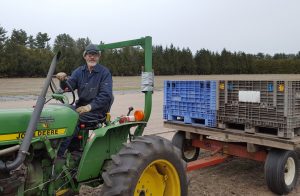The Wisconsin DNR forest health team is planning to trap for emerald ash borer (EAB) at 20 locations in 2017.
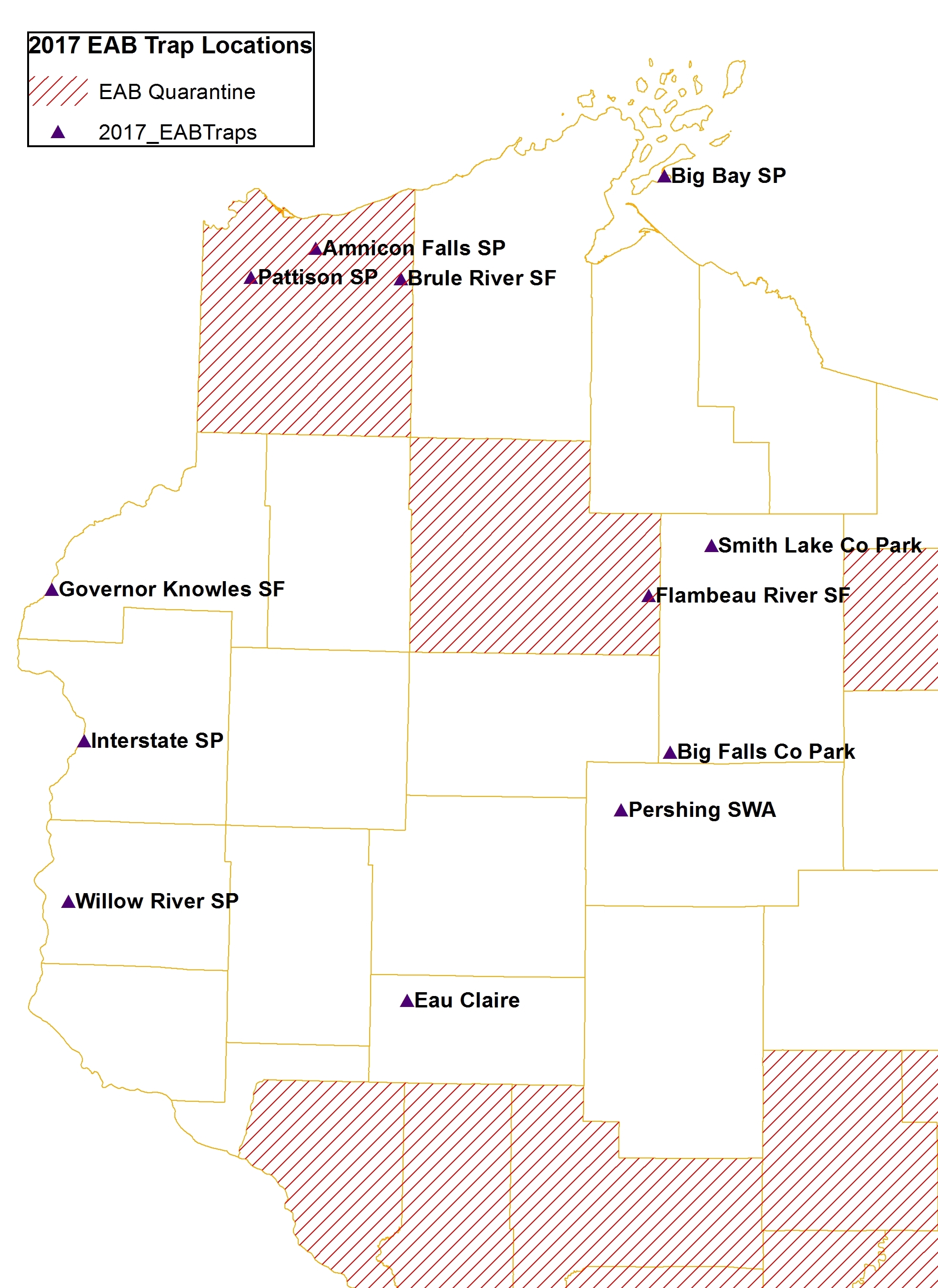
EAB trap locations in northwest Wisconsin in 2017.
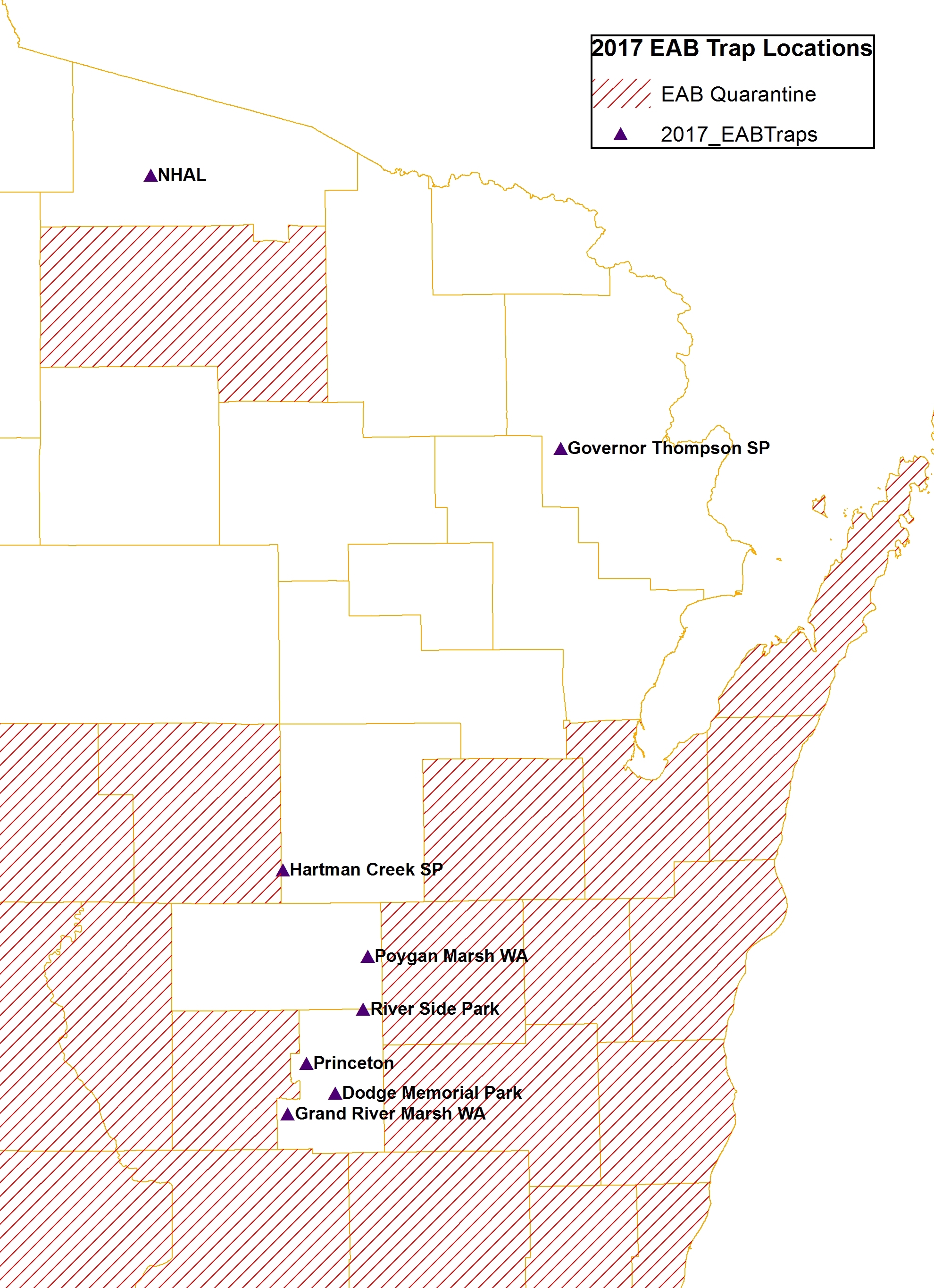
EAB trap locations in northeast Wisconsin in 2017.
Traps will mostly be placed on state properties. A couple traps will be placed on county land where state properties are not in the local area. Traps are deployed close to 400 growing degree days so they are ready when EAB adults start emerging at approximately 450 degree days. In 2016, southern Wisconsin hit 450 degrees days (modified base 50°F) in late May.
Written by: Mike Hillstrom, forest health specialist, Wisconsin Dells (Michael.Hillstrom@Wisconsin.gov), 715-459-1371.

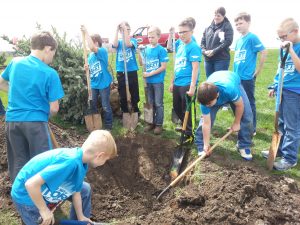 In 1854, J. Sterling Morton, a prominent newspaper editor and publisher, moved from Detroit to the area that is now Nebraska. He and other pioneers noticed a lack of trees, which were needed to act as windbreaks to stabilize the soil and to give shade from the sun. Morton planted many trees around his own home and encouraged others to do the same.
In 1854, J. Sterling Morton, a prominent newspaper editor and publisher, moved from Detroit to the area that is now Nebraska. He and other pioneers noticed a lack of trees, which were needed to act as windbreaks to stabilize the soil and to give shade from the sun. Morton planted many trees around his own home and encouraged others to do the same.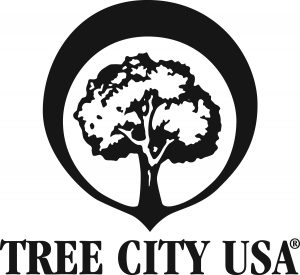 Congratulations to Wisconsin’s newest Tree City USA designees – Gays Mills, Milton, Mukwonago, and Stratford. The
Congratulations to Wisconsin’s newest Tree City USA designees – Gays Mills, Milton, Mukwonago, and Stratford. The 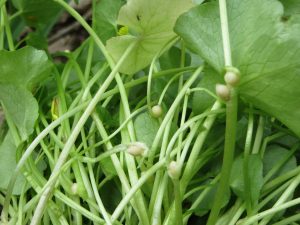
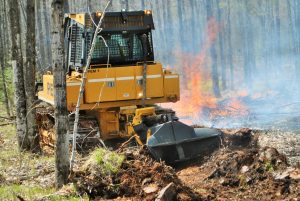 Wisconsin has already had more than 200 wildfires in 2017 since the snow-cover disappeared with the potential of more before vegetation greens up and the fire danger subsides.
Wisconsin has already had more than 200 wildfires in 2017 since the snow-cover disappeared with the potential of more before vegetation greens up and the fire danger subsides.